
伤口世界
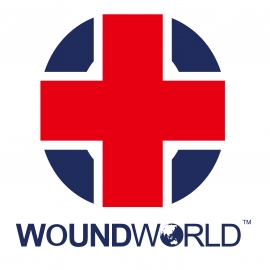
- 星期四, 28 11月 2019
什么是“应激”?应激是如何影响血糖的!
糖友联合诊所 糖尿病之友
什么是“应激”?应激是如何影响血糖的!
所谓“应激”是指机体对各种内外环境因素变化做出的超出正常生理反应的适应性过程。可以通俗的理解为压力、刺激或疾病受伤等状态下的机体反应。
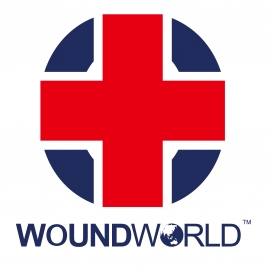
- 星期四, 28 11月 2019
糖尿病患者有必要测血脂和血压吗
糖友联合诊所 糖尿病之友
血压、血脂和血糖三者之间是一个什么样的关系呢?
三者之间关系非常密切,体现在以下几个方面。我国糖尿病患者大部分都是2型糖尿病,绝大多数发病于成年人,是在胰岛素抵抗基础上,合并胰岛功能不足的一种代谢综合征。所谓代谢综合征指血糖异常、合并血脂代谢异常和高血压,还有合并肥胖。
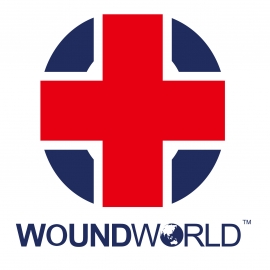
- 星期四, 28 11月 2019
按这4个技巧吃西瓜,不会导致血糖超标
苑青 糖尿病之友
天热了,又到了西瓜上市的季节。虽然糖尿病患者都知道可以吃西瓜,但怎么吃西瓜对血糖影响小,还是有一些技巧的,今天就与读者朋友分享。
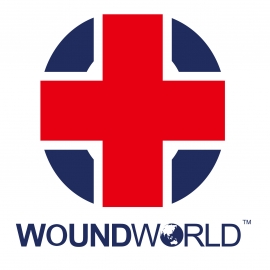
- 星期四, 28 11月 2019
糖尿病患者的致命杀手——心肌梗死,应如何预防及治疗,你一定要知道
原创: 陈泉峰 糖尿病之友
糖尿病是一种全身性代谢紊乱性疾病,不仅会影响糖类的代谢,导致高血糖,还会影响蛋白质和脂质代谢,导致脂代谢紊乱和高脂血症,从而导致血管壁损伤、狭窄,诱发冠状动脉硬化,发生冠心病。
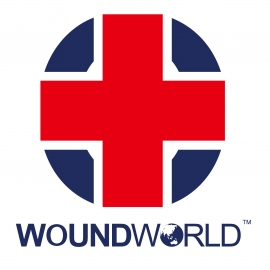
- 星期四, 28 11月 2019
4个故事告诉你:糖尿病患者患者抽烟、喝酒对身体的危害有多大
原创: 杨康 糖尿病之友
众所周知,糖尿病对患者的损伤主要是糖尿病常见急慢性并发症。所以经常有病人问我:医生,我得了糖尿病可以抽烟喝酒吗?下面且听我来为大家解答。
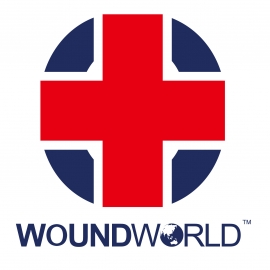
- 星期四, 28 11月 2019
糖尿病患者外出游玩的6个注意事项,一定要牢记
原创: 张玲 糖尿病之友
近日来,很多糖尿病患者为躲避炎热的酷暑,趁暑假带上家人一起外出游玩。但是长途旅行、舟车劳顿、生活节律打乱,对于糖友控制血糖来说是件很棘手的事。
怎样防止旅行中血糖波动,愉快度过一个凉爽的夏季,是每个糖友需要注意的。本文为您支6招。
